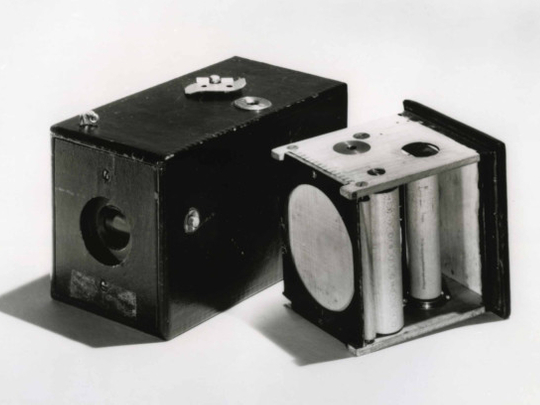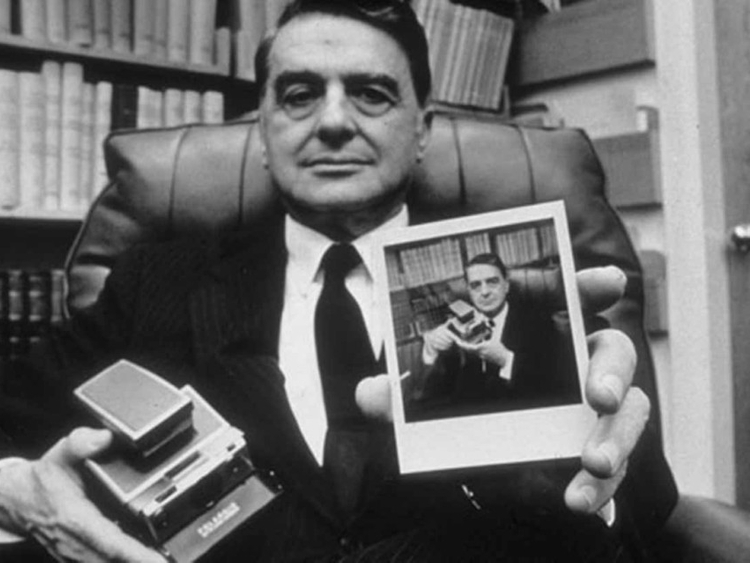
Sharjah: Though 10th century Arab scholar Ibn Al Haytham is generally credited for the invention of camera obscura, which demonstrated how light can be used to project an image on to a flat surface, photography as a medium took off less than two centuries ago.
From a crude process involving chemicals and cumbersome cameras to a sophisticated digital image-making that it is today, cameras have evolved drastically.
In 1827, French scientist Joseph Nicephore Niepce developed the first photographic image with a camera obscura.
The image Niepce captured on metal plates, also called heliographs or sun prints, are considered the first try at photographic images.
He was also experimenting with ways to capture an image, but it would take him another dozen years before he was able to reduce exposure time to less than 30 minutes and keep the image from disappearing afterwards. Historians cite this innovation as the first practical process of photography. However, Niepce’s images would fade away when exposed to light.
In 1829, Niepce partnered with another Frenchman, Louis Daguerre, to improve the process further and in 1839 after several years of experimentation, Daguerre developed a more convenient and effective method of photography called daguerreotype.
Daguerre’s process created a lasting image that would not change if exposed to light.
Soon, the daguerreotype gained popularity across Europe and the US and by 1850.
However, the daguerreotypes could not be reproduced.
Henry Fox Talbot, an English botanist and mathematician, devised a method of producing multiple prints in 1841 and named Calotype.
In 1889, photographer George Eastman invented film that could be rolled, which made the mass-produced box camera a reality. The box camera was also invented by Eastman.
The earliest box cameras used a variety of medium-format film standards, including 120, 135, 127, and 220. All of these formats were about 6cm wide and produced images that ranged from rectangular to square.
In 1913, the 35mm film most people know today was invented by Kodak.
In the mid-1920s, German camera maker Leica used this technology to create the first still camera that used the 35mm format.
Though the first widely used method of colour photography was the Autochrome plate, the process inventors and brothers Auguste and Louis Lumière commercially introduced was in 1907. The first colour films were produced by manufacturers such as Kodak and Agfa, in the early 1940s.
In 1948, American physicist Edwin Herbert Land invented the instant-film camera, the Land Camera 95. In 1963, Land’s Polaroid Corporation introduced colour film and created the iconic SX-70 folding camera in 1972.
In 1975, Kodak developed the first camera creating a digital image, using a cassette recorder to store the data.
Though Cannon demonstrated a prototype of a digital camera in 1984, the first digital camera was only sold in 1990, when the Dycam Model 1 appeared in the US market.
The first digital SLR, a Nikon F3 body attached to a separate storage unit made by Kodak, appeared in 1991 and the rest as they say is history.













